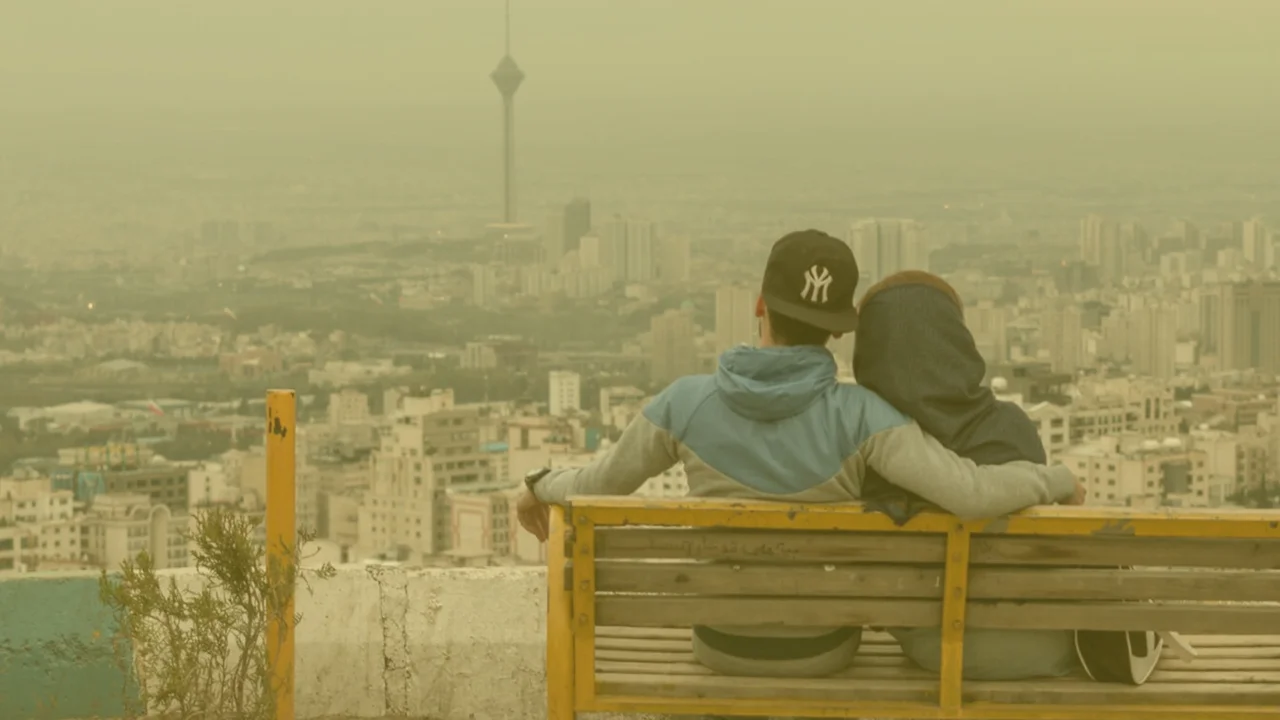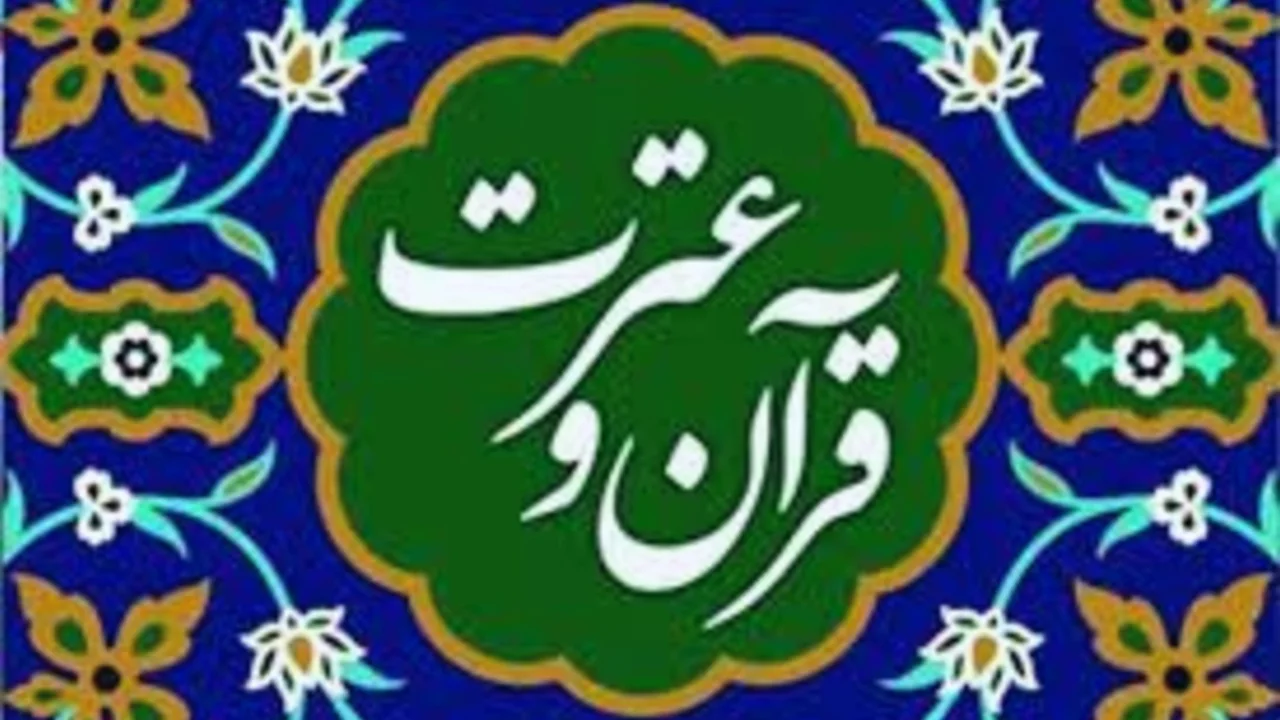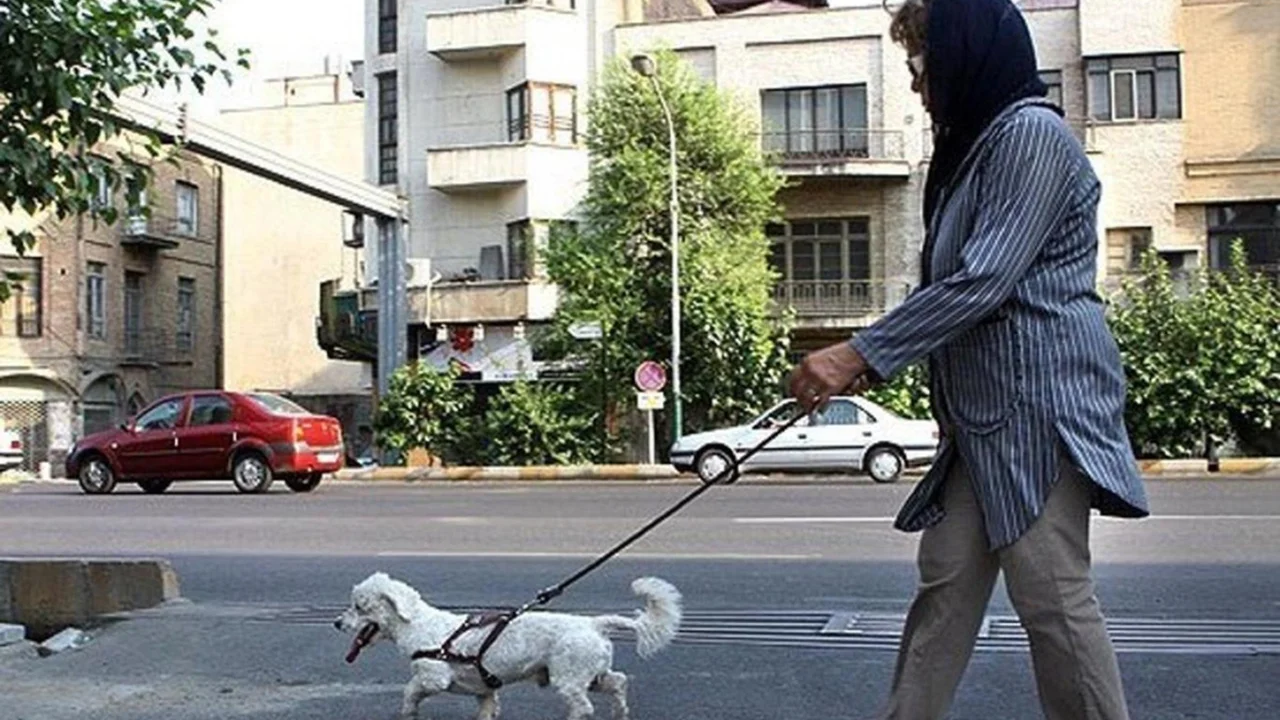Cohabitation: Iran’s Common but Unrecognized Phenomenon
The phrase “White Marriage”, which was derived from the French term “Mariage Blanc” to refer to an unconsummated marriage, has become commonplace in Iran in the past few years. Some people in Iran believe that the term “white” has been employed to mean “blank”, since these marriages are not recorded in an official capacity, and the marriage section of, for example, the identity card remains blank. Considering the above, “cohabitation” in English is a better translation than the aforementioned French phrase since, although the marriage is not formally registered, the couple live together and have a spousal relationship.
Iran Open Data hoped to understand Iranians’ awareness of this phenomenon due to the absence of official data through a poll. Around 90% of respondents said they were familiar with the term “white marriage”. More than half of those surveyed stated that either they themselves are in this type of marriage or know people who are. The people who cohabitate indicate that their friends are more supportive of their decision than their immediate family members.
This poll, which was open from November 14 to December 14, 2021, received 1,397 responses. Twenty-three percent of the participants were women, 75% were men, and 2% selected “other” as their gender. The average age of the participants was 34; their ages ranged from 10 to 99. Ninety-six percent of participants lived in urban areas and the remaining 4% in rural areas. Participants were from 31 different provinces, and, as expected, most of them live in Tehran. South Khorasan and Kohgiluyeh and Boyer-Ahmad provinces had the lowest participation.
Familiarity with “white marriage”
Eighty-nine percent of pollees stated that they have heard, or read, about the phrase “white marriage”.
Women are likelier than men to be familiar with this phrase.
People in their twenties and forties are likelier to have heard about “white marriage” than other age groups.
Rural residents are rarely familiar with this term.
Experiencing “white marriage”
22% of the participants state that they have been in this type of marriage. In other words, a fifth of participants stated that they have cohabitated with another without a formal marriage.
About one-third of those who have not been officially married knew of friends, relatives, or acquaintances who have cohabitated with another individual.
Thus, it can be concluded that 56% of participants have either been in a “white marriage” or know of others who are.
People between the ages of 20 and 40, more than others, stated that they either have been in “white marriage” or prefer not to respond to the question.
Chart link
Acceptance of “White Marriage” - Immediate Family and Close Friends 1
21% of the participants who practiced cohabitation said that their immediate family was supportive of their decision, but 29% said their immediate family was not.
People who had friends in a “white marriage” reported 18% of their friends’ parents supported, and 21% opposed their decision.
28% said in their immediate family, some supported, and some opposed their decision.
The above was also true for 35% of the participants who did not cohabitate but said their friends did.
57% of participants who practiced cohabitation said that their close friends were supportive of their decision; 29% stated that their close friends were not.
People who had friends in a “white marriage” reported 42% of their friends supported and 7% opposed their decision.
21% of participants who were in a “white marriage” stated that among their close friends some supported, and some opposed their decision.
The above is true for 32% of the participants who did not practice cohabitation but had friends who did.
This article was originally published in Persian (available here).



